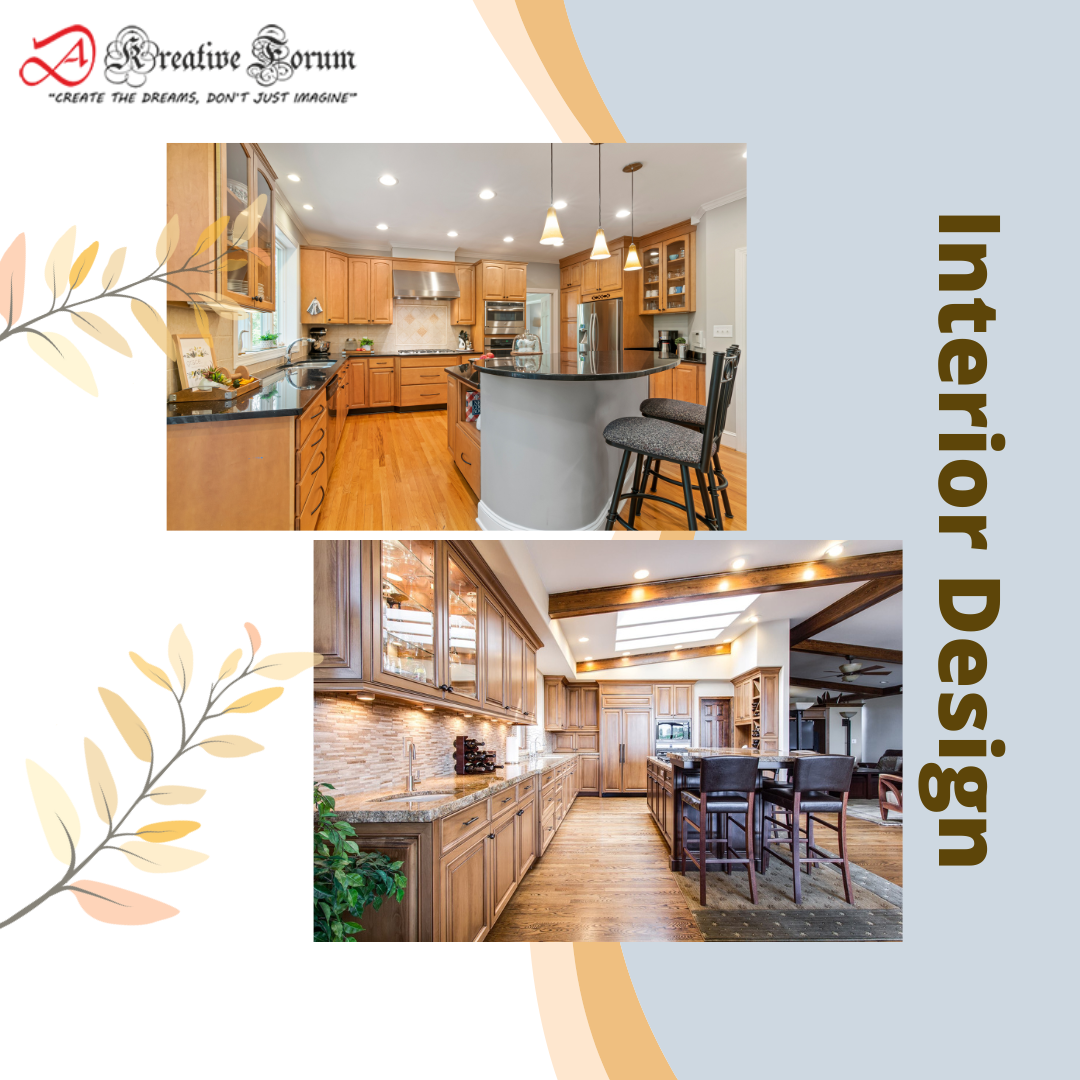
Light the Sunshine In: Expert Tips for Maximizing Natural Light in Your Home
Natural light has the power to transform a living space, creating an inviting and uplifting ambiance. Not only does it enhance the aesthetics of your home, but it also has numerous health benefits, such as boosting mood, improving productivity, and regulating sleep patterns. However, not all homes are blessed with abundant natural light, and many homeowners struggle to make the most of the available sunlight. In this guide, we will provide you with expert tips and techniques to maximize natural light in your home, creating a bright and vibrant living environment.
Assessing Your Home's Natural Light Potential:
Before implementing any changes, it is important to evaluate your home's current natural light situation. Consider the orientation and placement of windows, the presence of obstructions, and the surrounding environment. This assessment will help you identify areas with the most potential for improvement and guide your decisions throughout the process. Consider the following factors:
a) Window Placement and Size
b) Direction and Intensity of Sunlight
c) Obstructions and Shadows
Window Treatments for Natural Light Optimization:
Choosing the right window treatments can significantly impact the amount of natural light that enters your home. Opt for light and sheer curtains or blinds that allow sunlight to filter through while maintaining privacy. Avoid heavy or dark-colored drapes that block out light. Consider installing window films that reduce glare and UV rays while preserving natural light. Consider the following techniques:
a) Mirrors as Decorative Pieces
b) Mirrored Furniture and Accents
c) Reflective Backsplashes and Tiles
Mirrors and Reflective Surfaces:
The strategic placement of mirrors and reflective surfaces can amplify the natural light in your home. Position mirrors opposite windows to reflect incoming light and create an illusion of a larger space. Reflective surfaces, such as glass tabletops or glossy finishes on furniture, can bounce light around the room and enhance brightness. Consider the following tips:
a) Open Floor Plans
b) Minimalist Furniture
c) Floating Shelves and Furniture
d) Avoiding Light-blocking Obstacles
Clearing Obstructions:
Identify and eliminate any obstructions that prevent natural light from entering your home. Trim overgrown trees or shrubs outside your windows, move large furniture pieces that block light pathways, and consider replacing solid doors with glass or frosted options to allow light to flow through different areas.
Interior Paint Colors and Finishes:
Choosing the right paint colors and finishes can greatly impact the perception of natural light within your home. Opt for light and neutral shades that reflect light instead of absorbing it. Matte finishes are more light-absorbent, while glossy or satin finishes reflect light, adding brightness to the space.
Light-colored Flooring and Furniture:
Similar to paint choices, light-colored flooring and furniture help to brighten your home. Light hardwood or tile flooring reflects natural light, creating a more luminous atmosphere. When selecting furniture, choose lighter fabrics and finishes that do not absorb light. Additionally, arranging furniture away from windows allows for unobstructed light penetration. Consider the following suggestions:
a) Light-Colored Paint and Wallpaper
b) Glossy or Satin Finish for Walls and Ceilings
c) Reflective Flooring Options
d) Light-Colored Furniture and Accessories
Skylights and Light Tubes:
Skylights and light tubes are effective ways to introduce additional natural light into your home, especially in areas with limited or no access to windows. Skylights provide direct overhead lighting, while light tubes capture sunlight on the roof and distribute it throughout the room. Professional installation ensures proper placement and prevents any potential leaks. Skylights and sun tunnels are effective ways to bring natural light into areas that lack windows. Consider the following:
a) Skylight Placement and Sizing
b) Sun Tunnel Installation
c) Utilizing Light Tubes
Open Floor Plans and Interior Layout:
Consider creating an open floor plan or rearranging the interior layout to optimize natural light distribution. Removing unnecessary walls or partitions allows light to travel more freely throughout the space. Position frequently used areas near windows and incorporate interior design elements that promote light diffusion.
Outdoor Living Spaces:
Expanding your living space to the outdoors can increase the overall natural light within your home. Design patios, decks, or balconies that align with the sun's path, ensuring ample exposure to sunlight. Install transparent or lightly tinted glass barriers to maintain a seamless connection between indoor and outdoor spaces. The exterior surroundings of your home can influence the amount of natural light that enters your space. Consider these outdoor enhancements:
a) Trimming Trees and Shrubs
b) Pruning Overhanging Branches
c) Landscaping for Light Optimization
Artificial Lighting as Complementary:
While the focus is on maximizing natural light, it is important to consider artificial lighting as well. Strategically placed light fixtures and lamps can supplement natural light during darker periods of the day. Choose light bulbs that mimic natural daylight to create a more harmonious lighting scheme. Clean windows allow maximum light penetration. Follow these steps for proper window maintenance:
a) Regular Window Cleaning
b) Removing Window Screens
c) Repairing Window Seals and Caulking
Maximizing natural light in your home is not only about creating a brighter and more appealing space but also about enhancing your overall well-being. By following these expert tips and techniques, you can transform your living environment into a sunlit sanctuary that uplifts your mood and promotes a healthier lifestyle. Embrace the power of natural light and let it illuminate your home.








